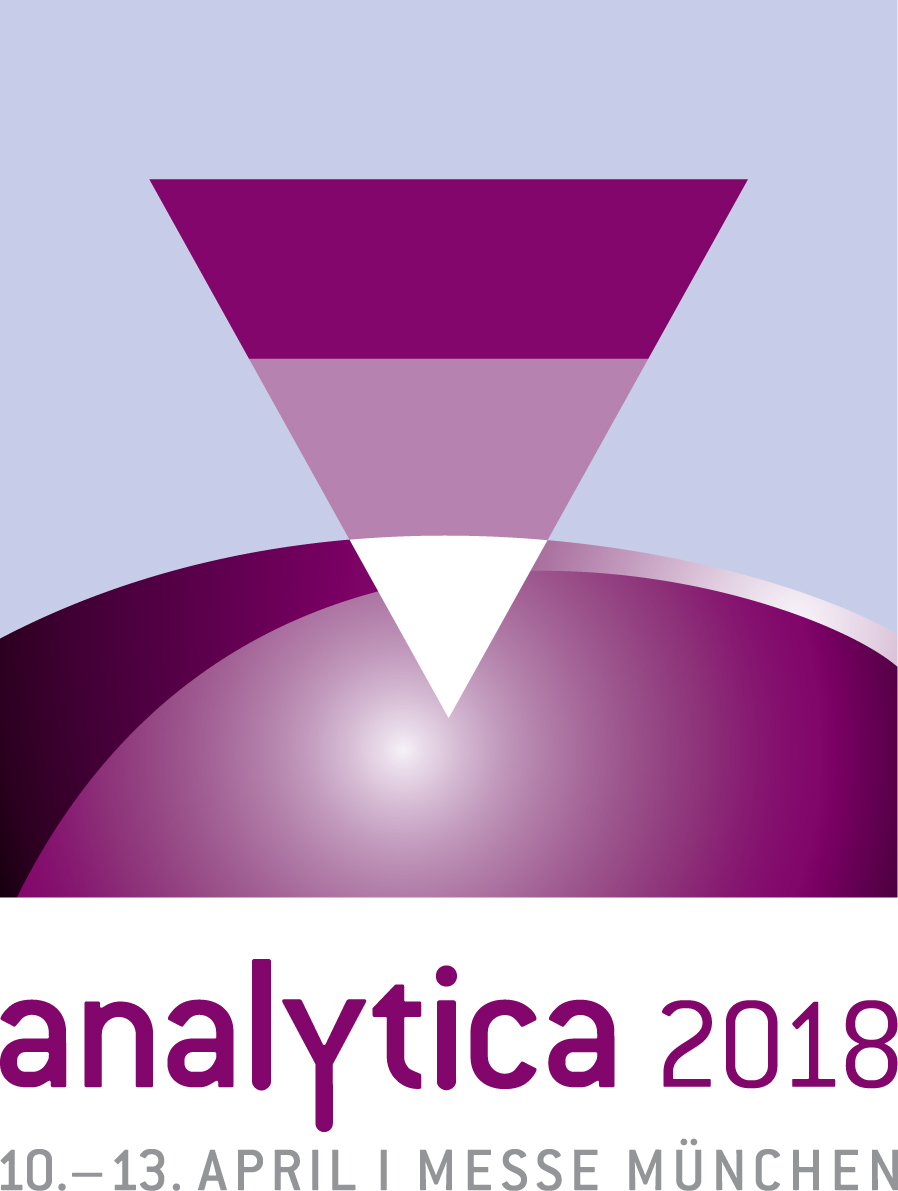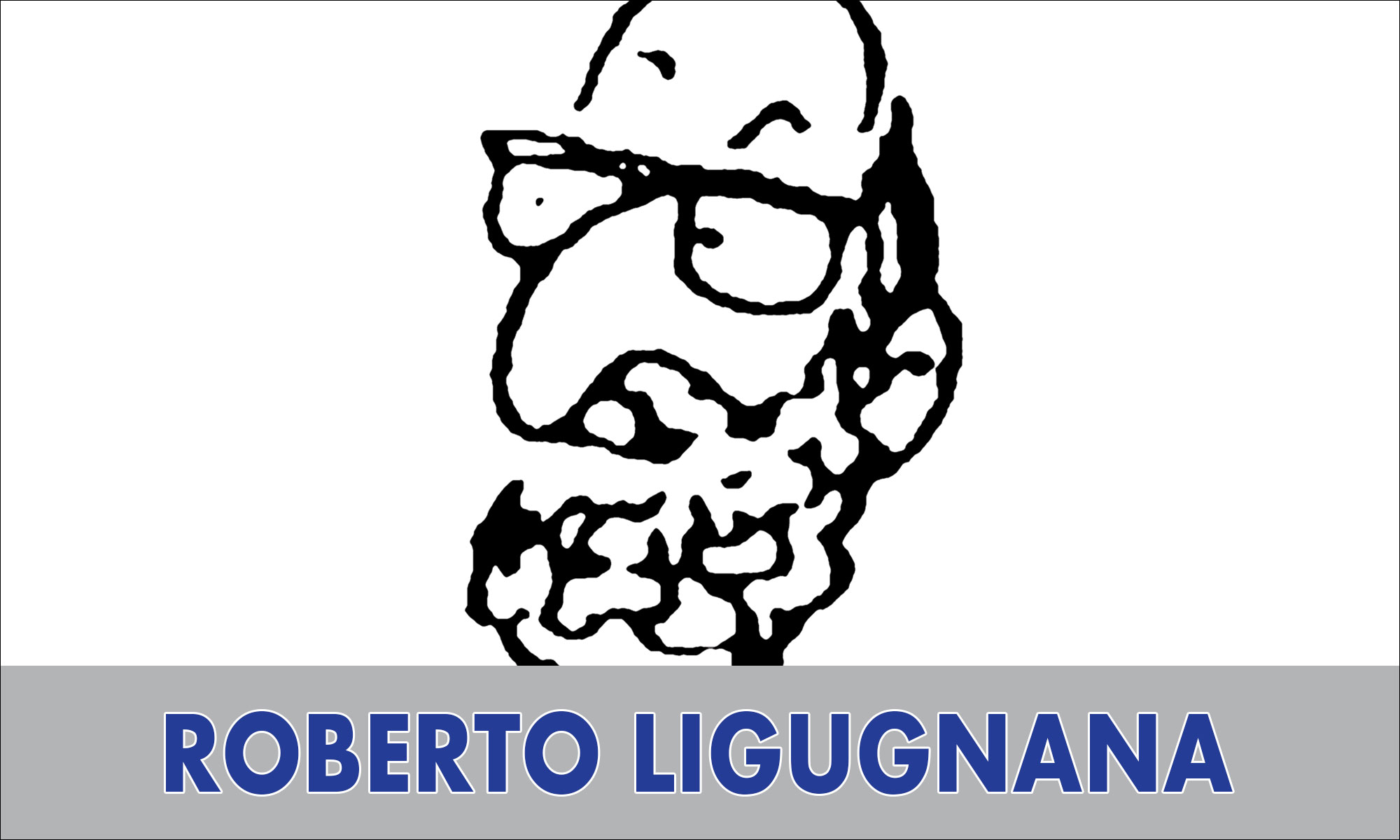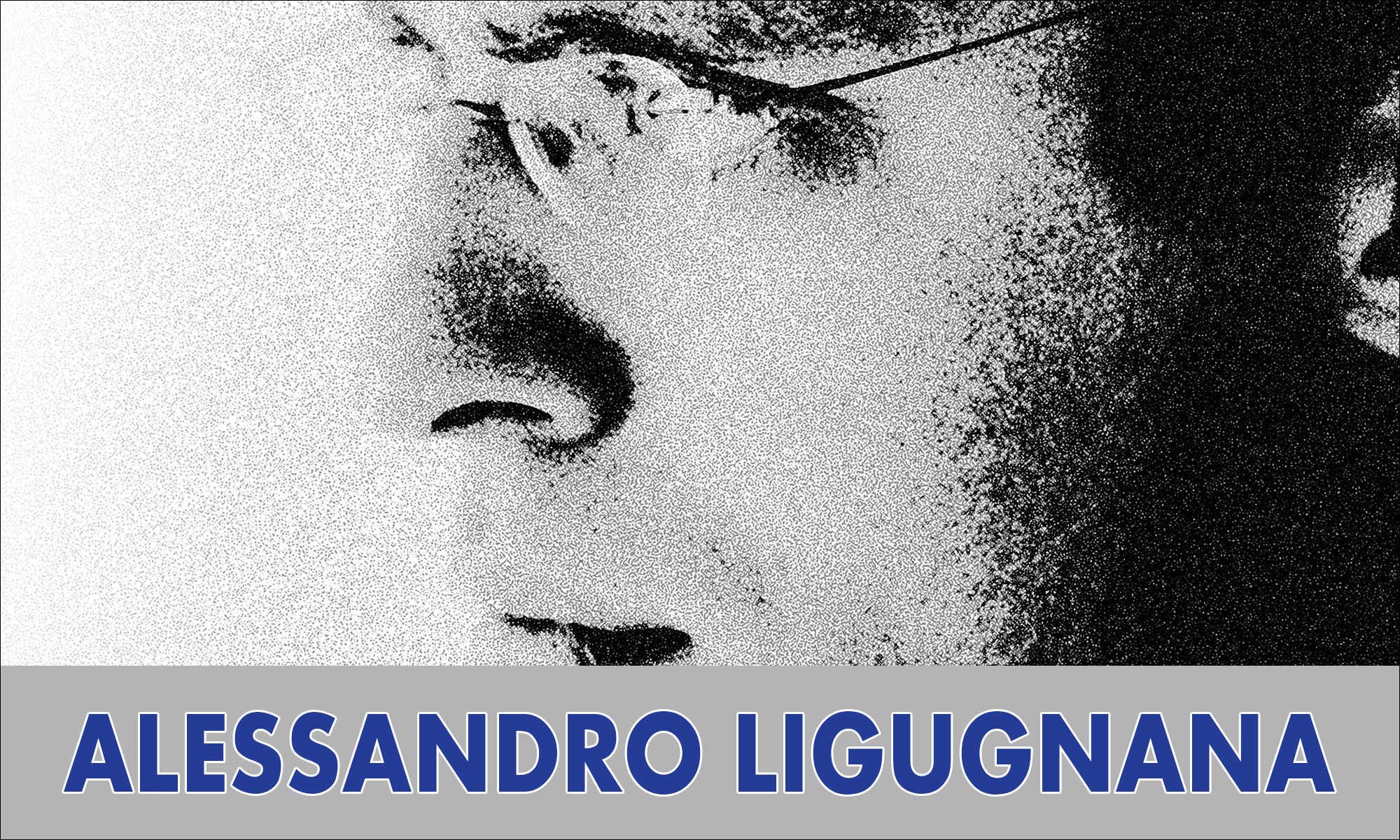WOMAN IN SCIENCE Maria Gaetana Agnesi (1718 – 1799)
Maria Gaetana Agnesi (1718 – 1799)
She was an Italian linguist, mathematician, and philosopher. Agnesi (pronounced ‘Anyesi’) is credited with writing the first book discussing both differential and integral calculus. She was an honorary member of the faculty at the University of Bologna. According to Dirk Jan Struik, Agnesi is “the first important woman mathematician since Hypatia (fifth century A.D.)”.
Her father, Pietro, was a wealthy man of business and a professor of mathematics at the University of Bologna who desired to elevate his family into the Milanese nobility.
Having been born in Milan, Maria was recognized as a child prodigy very early; she could speak both French and Italian at five years of age. By her eleventh birthday she had acquired Greek, Hebrew, Spanish, German, Latin, and was referred to as the “Walking Polyglot”. She even educated her younger brothers. When she was 9 years old, she composed and delivered an hour-long speech in Latin to an academic gathering. The subject was women’s right to be educated. When she was fifteen, her father began to regularly gather in his house a circle of the most learned men in Bologna, before whom she read and maintained a series of theses on the most abstruse philosophical questions. Records of these meetings are given in Charles de Brosses’ Lettres sur l’Italie and in the Propositiones Philosophicae, which her father had published in 1738. These displays, being probably not altogether congenial to Maria (who wanted to retire) ceased by her twentieth year because she strongly desired to enter a convent at that time. Although her father refused to grant this wish, he agreed to let her live from that time on in an almost conventual semi-retirement, avoiding all interactions with society and devoting herself entirely to the study of mathematics. During that time, Maria studied both differential and integral calculus. Pietro Agnesi also married twice more after Maria’s mother died, so that Maria Agnesi ended up the eldest of 21 children. In addition to her performances and lessons, her responsibility was to teach her siblings. This task kept her from her own goal of entering a convent. Scholars thought she was dazzingly beautiful and hers was recognized as one of the richest noble families in Milan.
The most valuable result of her labours was the Instituzioni analitiche ad uso della gioventù italiana, a work of great merit, which was published at Milan in 1748 and “was regarded as the best introduction extant to the works of Euler.” The first volume treats of the analysis of finite quantities and the second of the analysis of infinitesimals. A French translation of the second volume by P. T. d’Antelmy, with additions by Charles Bossut (1730–1814), appeared at Paris in 1775; and an English translation of the whole work by John Colson (1680–1760), the Lucasian Professor of Mathematics at Cambridge, “inspected” by John Hellins, was published in 1801 at the expense of Baron Maseres.
Madame Agnesi also wrote a commentary on the Traite analytique des sections coniques du marquis de l’Hôpital, which, though highly praised by those who saw it in manuscript, was never published. She discussed the curve known as the “witch of Agnesi” or “versiera” as she named it in 1748. The name derives from the Italian for the rope that turns a sail, taken from the Latin vertere, versus meaning “to turn,” which was the term used by Luigi Grandi before her. Colson, who translated Agnesi’s text to English, perhaps confused “la versiera” with “l’avversiera”, and so mistranslated it as “she-devil” or “the witch”, with the result that English-speakers and, for some reason, Spanish speakers from Mexico, Cuba, and Spain, know the curve as the “Witch of Agnesi” (La Bruja de Agnesi).). Struik mentions that:
The word [versiera] is derived from Latin vertere, to turn, but is also an abbreviation of Italian avversiera, female devil. Some wit in England once translated it ‘witch’, and the silly pun is still lovingly preserved in most of our textbooks in English language. … The curve had already appeared in the writings of Fermat (Oeuvres, I, 279-280; III, 233-234) and of others; the name versiera is from Guido Grandi (Quadratura circuli et hyperbolae, Pisa, 1703). The curve is type 63 in Newton’s classification. … The first to use the term ‘witch’ in this sense may have been B. Williamson, Integral calculus, 7 (1875), 173; see Oxford English Dictionary.
Examples of the curve are those given by the equations
where a is any non-zero constant.

















